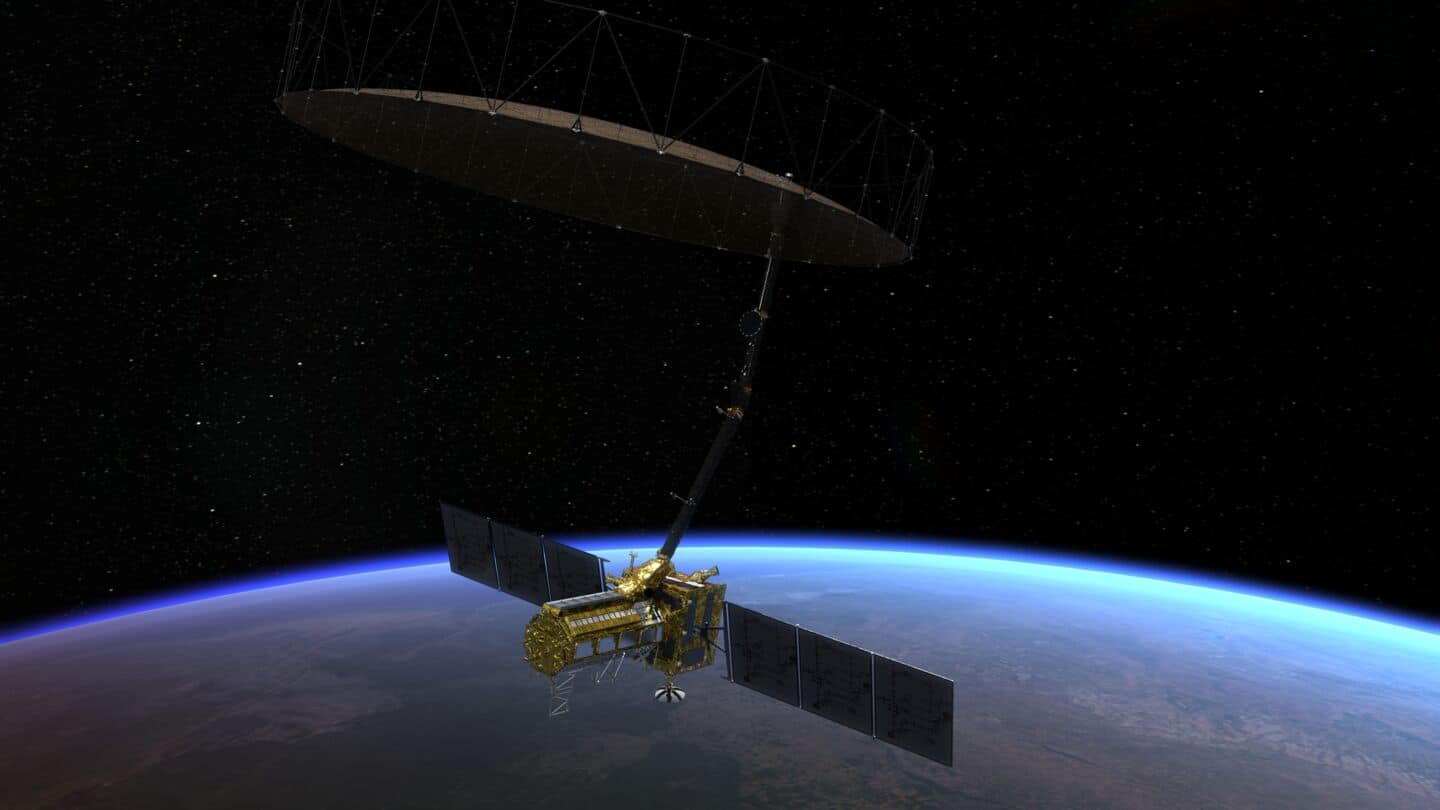
ISRO to launch $1.5B Earth observation satellite on July 30
What's the story
The National Aeronautics and Space Administration (NASA) and the Indian Space Research Organisation (ISRO) are all set to launch their joint satellite, NISAR. The mission is scheduled for launch on July 30 at 5:40pm IST from the Satish Dhawan Space Centre in Sriharikota. The launch will be carried out by a GSLV-F16 rocket, which will place the NASA-ISRO Synthetic Aperture Radar (NISAR) satellite into a Sun-synchronous orbit at an altitude of around 743km.
Satellite features
Ssatellite will scan the entire globe
The NISAR satellite, weighing 2,392kg, will use advanced radar technology to scan the entire Earth. It carries two complementary radar systems—NASA's L‑band and ISRO's S‑band SAR—mounted on a massive 12 m deployable mesh reflector. The dual‑frequency design enables precise, all-weather, day‑and‑night imaging across entire land and ice surfaces. It will also be able to classify sea ice, detect ships, monitor shorelines and storms, among other things.
Tech details
NISAR will aid in diasaster response and water monitor
NISAR will observe Earth with a swath of 242km and high spatial resolution, using SweepSAR technology for the first time. It will collect global imagery every 12 days—capturing surface shifts as small as fractions of an inch. Data will be openly available for various institutions and agencies, supporting agriculture, disaster response, and climate research. The $1.5 billion mission marks a landmark US-India partnership and represents one of the most ambitious Earth‑observation projects to date.